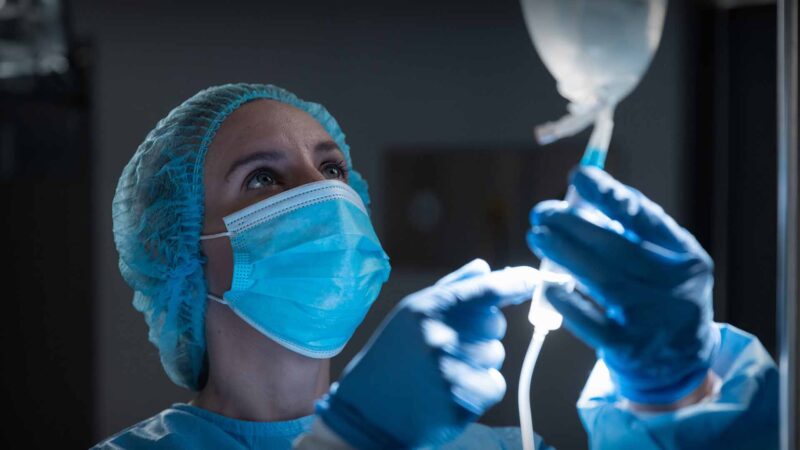EXERCISE PRESCRIPTION TO SUPPORT THE MANAGEMENT OF OSTEOPOROSIS Healthy Bones Australia develop exercise statement for Physiotherapists and Exercise Physiologists
With
Professor Belinda Beck, Exercise Science, Griffith University &
Owner and Director, The Bone Clinic &
Member of Medical and Scientific Advisory Committee, Healthy Bones Australia (formerly Osteoporosis Australia)
Australian Health Journal segment
Filmed in Southport, Queensland | March 2025
In Australia, more than two thirds of people over the age of 60 have osteoporosis or osteopenia. An estimated 183,000 fractures related to poor bone health occurred in 2022. Osteoporosis and related fractures affect individuals, their carers, and the wider healthcare system, costing $2.59B per year for fractures alone.
Osteoporosis is commonly managed medically and typically with treatment. Exercise is also essential in the management of osteoporosis but tends to be under-utilised due to lack of knowledge and unfounded concerns about the risk of injury. In fact, optimal care of people with low bone mass, osteoporosis and/or increased risk of falling can and should include targeted exercise to help prevent osteoporotic fracture.
Osteogenic exercise is important throughout life – in youth to optimise peak bone mass and in adulthood to minimise loss. The exercise recommendations in the current statement, however, are targeted at older adults as osteoporosis typically occurs in the later years. In light of the increased skeletal fragility of osteoporosis, it is recommended that the following exercise prescription be supervised by a clinical exercise physiologist or physiotherapist. Such expertise is required to assess co-morbidities and exercise capacity in order to appropriately individualise the exercise prescription.
Most exercise provides health benefits, and some activity is always better than none. However, specificity and overload are required to improve bone mass and strength, and high challenge balance training is required to prevent falls.
In early 2024, Healthy Bones Australia released a summary of the principles of osteogenic loading and fall prevention, the translation of those principles into clinical practice, evidence-based recommendations for exercise prescription, and special considerations, along with links to several relevant resources for people with or at risk of osteoporosis, falls and fractures.
The document is based on the latest research and developed by an expert Working Group, Advisory Committee and following a National Roundtable. The guidance in the exercise statement acts as a recommendation or exercise prescription for supervised program delivered by clinical exercise physiologists or physiotherapists.
Source: Healthy Bones Australia, Exercise Prescription to Support the Management of Osteoporosis For Physiotherapists and Exercise Physiologists (February 2024
You Might also like
-
World-first clinical trial improves patient outcomes for kidney transplants
A world-first clinical trial conducted at the Royal Adelaide Hospital (RAH) and at hospitals across Australia and New Zealand has identified the best fluid treatment to reduce the risk of patients requiring dialysis after a kidney transplant.
Australian Health Journal spoke with the lead-author of the study, RAH Nephrologist and University of Adelaide researcher, Dr Michael Collins.
-
Upskilling & empowering Health Professionals to support preconception to pre-school level health
A new podcast series, developed by Health and Wellbeing Queensland, is designed to upskill and empower health professionals in their support of parents from preconception through to the pre-school years.
Clinician’s Guide to the First 2000 Days follows the success of Health and Wellbeing Queensland’s first podcast series Clinician’s Guide to Healthy Kids, launched in 2023. Both focus on supporting health professionals to have effective conversations on positive health behaviours.
-
Intervention in hearing loss for patients
In her role as an audiologist and trainer, Lauren McNee emphasises the urgency of addressing sudden hearing loss, highlighting the time-sensitive nature of available treatment options. She advises healthcare professionals, including GPs, pharmacists, primary care nurses and specialists, to remain vigilant for subtle signs of hearing loss in their patients. Such signs may include difficulty following prescription guidelines, miscommunication during conversations, or non-verbal cues like a tilt of the head or asking for repetitions.



